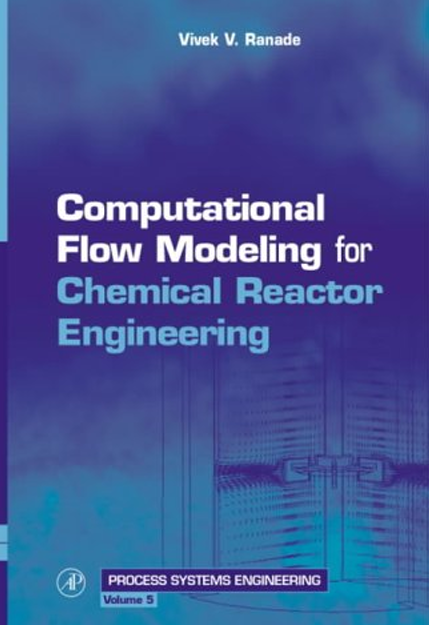BOILING HEAT TRANSFER AND TWO-PHASE FLOW
L. S. Tong, Ph.D- BOILING HEAT TRANSFER AND TWO-PHASE FLOW.
Boiling heat transfer is defined as a mode of heat transfer that occurs with a change in phase from liquid to vapor. There are two basic types of boiling: pool boiling and flow boiling. Pool boiling is boiling on a heating surface submerged in a pool of initially quiescent liquid. Flow boiling is boiling in a flowing stream of fluid, where the heating surface may be the channel wall confining the flow. A boiling f low is composed of a mixture of liquid and vapor and is the type of two-phase flow that will be discussed in this book. Because of the very high heat transfer rate in boiling, it has been used to cool devices requiring high heat transfer rates, such as rocket motors and nuclear reactors. Its applications in modern industry are so important that large amounts of research in many countries have been devoted to understanding its mechanisms and behavior, especially since the publication of the f irst edition of this book. The results have not yet been entirely satisfactory in clarifying boiling phenomena and in correlating experimental data on heat transfer in nucleate boiling. This is largely because of the complexity and irreproducibility of the phenomena, caused by the fact that the surface conditions (i.e., the surface roughness, the deposition of foreign materials, or the absorption of gas on the surface) become inherent factors that influence bubble generation (Nishikawa and Fujita, 1990).




